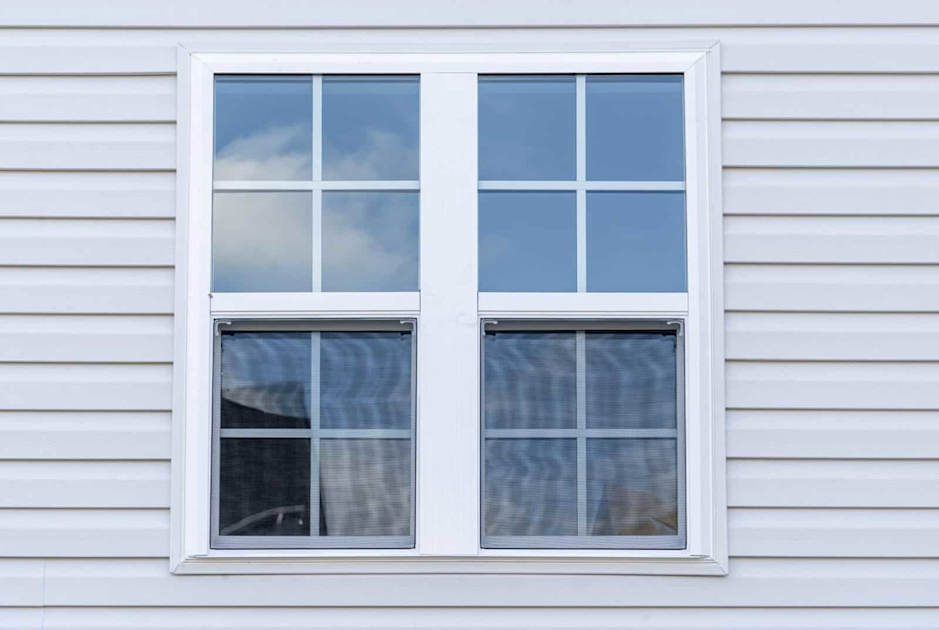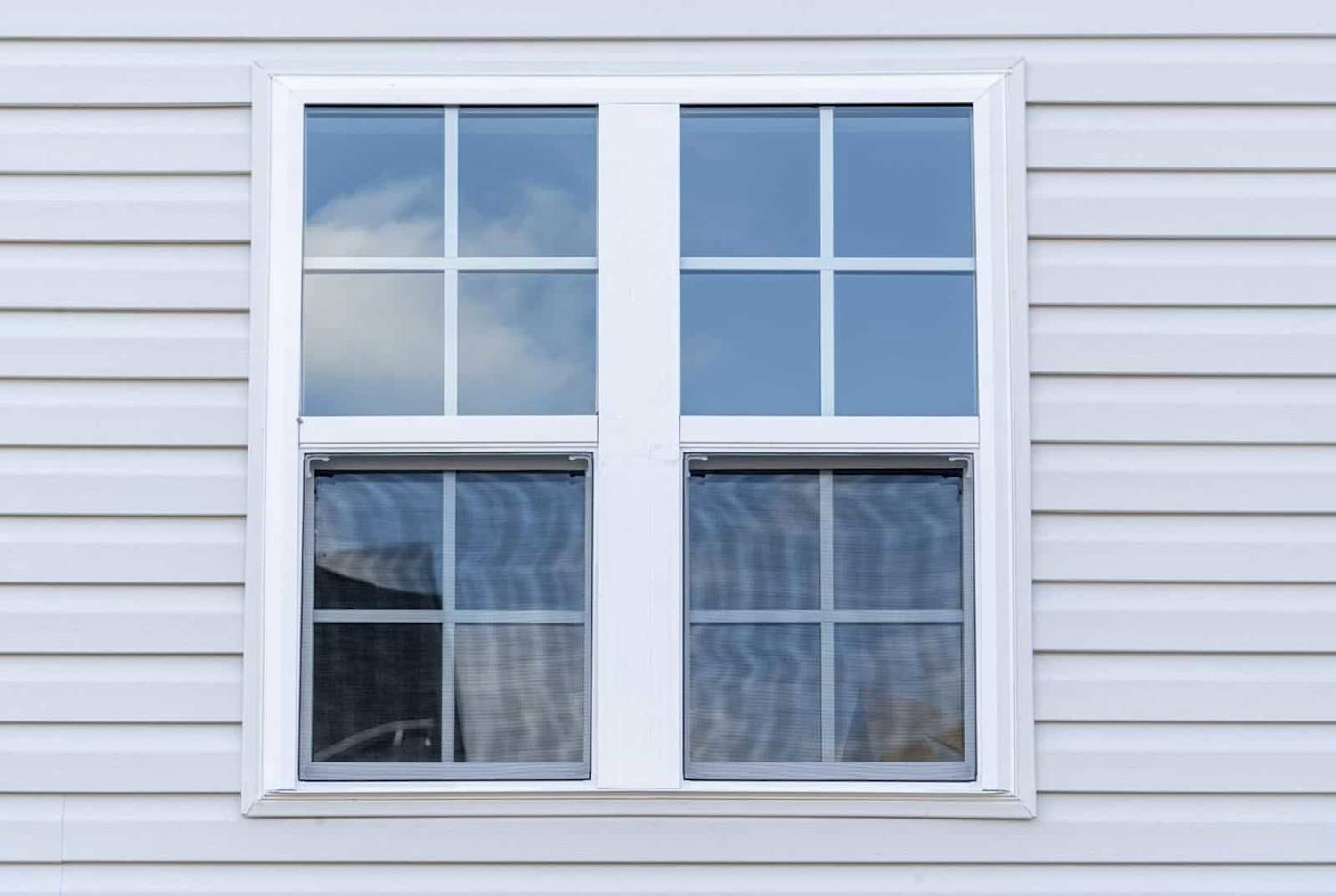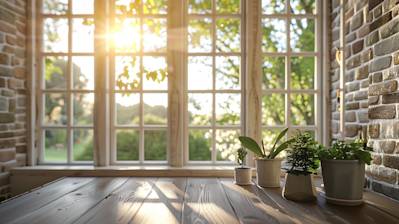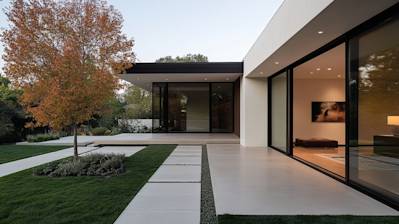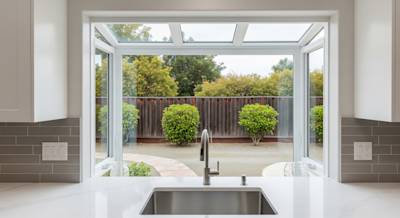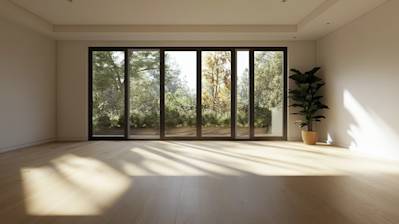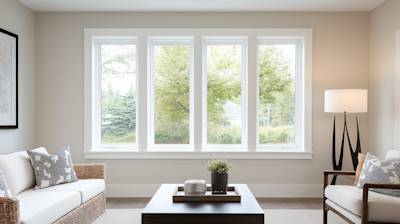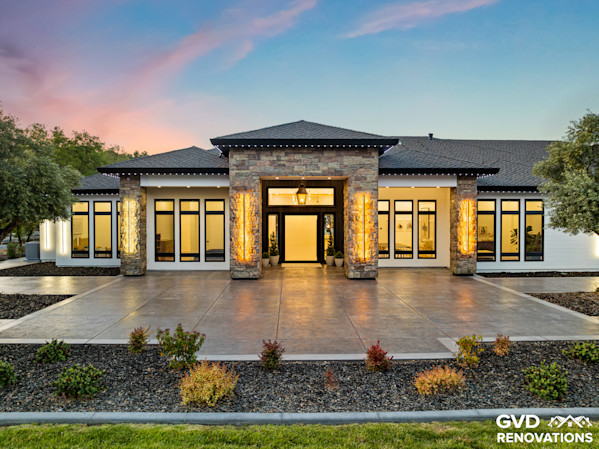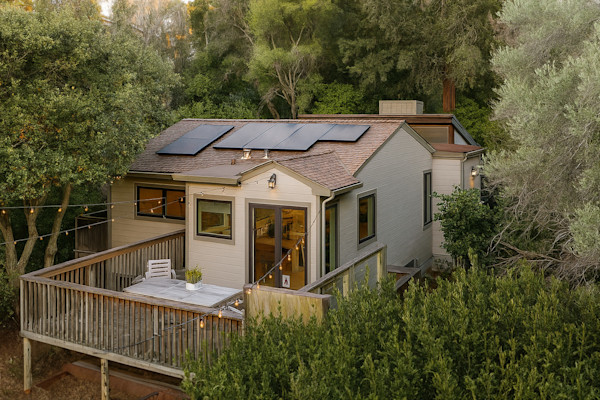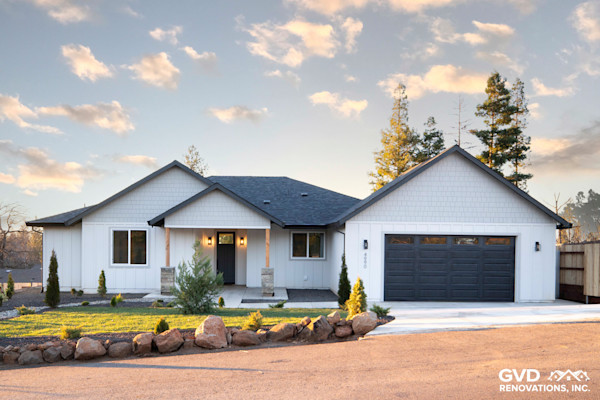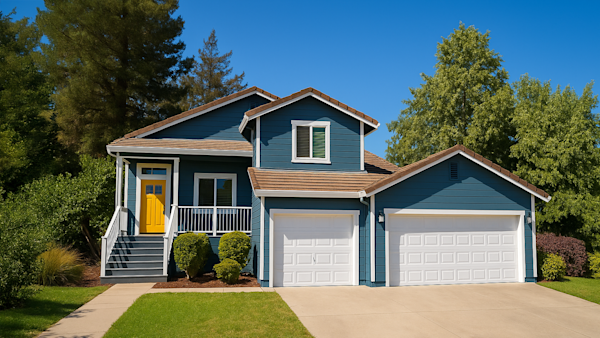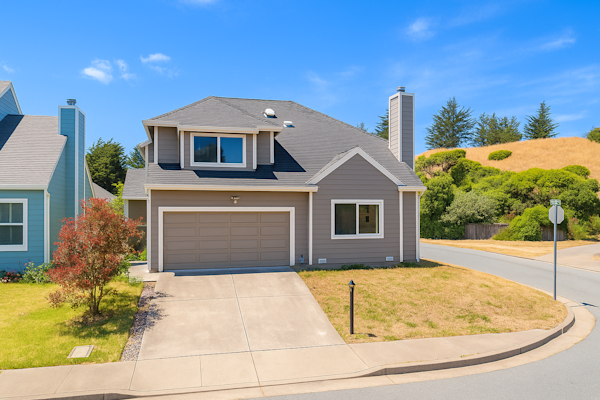In the world of architecture and interior design, mullions for windows bring a unique quality to both interior and exterior aesthetics. Mullions are vertical or horizontal elements that divide a window into smaller panes, providing a classic, appealing touch to house or building. Mullions come in a variety of designs, ranging from traditional to contemporary, making them versatile and adaptable to many styles. That's precisely the focus of this blog post, where we will delve into detailed insights about mullions for windows, their designs, benefits, and how you can utilize them effectively to enhance the overall appearance of your windows.
Understanding Mullions for Windows
Mullions originate from the architectural context of medieval Gothic cathedrals, where stone mullions divided windows into different parts. Over time, mullions transformed from being stone structures to wooden, metal, and nowadays, even uPVC or Vinyl. Primarily, mullions serve an aesthetic purpose in windows, creating a grid-like structure that adds character to a piece of glass, essentially making it more than just a view to the outside world.
The Different Types of Mullions
There are many types of mullions crafted from various materials and designed in unique ways to enhance the aesthetics of windows. The most popular types include:
- Wooden Mullions: These types of mullions offer a rustic, traditional look. They are particularly favored in country homes, historic restorations, and homes that seek to retain a vintage feel.
- Metal Mullions: Metal, usually aluminum or steel, brings a modern, sleek effect to windows. Perfect for residential homes or commercial buildings, they provide durability with little maintenance needs.
- uPVC or Vinyl Mullions: These mullions are terrific for their energy conservation properties. Utilized mainly in eco-friendly homes, they are easy to clean, resistant to wear and tear, and available in a range of colors and finishes.
Benefits of Choosing Mullions for Windows
While mullions certainly add aesthetic appeal, they also provide a range of practical benefits. Some of the significant advantages include:
- Increased Strength and Stability: Mullions divide larger window areas into smaller panes, offering better stability and strength. This ensures the window is more capable of withstanding wind loads and more resilient to potential break-ins.
- Improved Energy Efficiency: Some mullions, like those made from uPVC/vinyl, play a key role in enhancing the energy efficiency of your home, helping retain heat during winters and cooling during summers.
- Increased Property Value: The attractive features of mullions can augment your property's curb appeal, potentially increasing its market value.
Custom Designs for Unique Needs
The fact that mullions come in an array of custom designs to complement various architectural styles is another significant advantage. Whether your house or building adopts a modern contemporary style or a classic vintage look, there’s always a mullion design to match your aesthetic requirements. This can include everything from the standard rectangular grid to diamond-shaped patterns or even personalized designs to match your unique styles.
The Process of Installing Mullions
Installing mullions, whether as part of a new window installation or a retrofit project, is a process best handled by professionals. It requires a detailed understanding of window types, precise measuring, and careful installation to marry the mullions seamlessly with the rest of the window frame. That said, the outstanding results often justify the meticulous nature of the process.
Maintenance of Windows with Mullions
Maintaining your mullion windows is relatively straightforward. Regular cleaning with mild detergents and water to prevent dirt accumulation is essential. For wooden mullions, occasional re-painting or sealing might be needed to ensure they continue to contribute positively to the aesthetic appeal of your property.
Mullions for windows can significantly enhance any architectural aesthetic. With the range of materials and designs available, the possibilities to boost the charm of your windows are practically limitless. Whether aiming for a modern or traditional look, investing in mullions for windows could just be the perfect step towards achieving your decor goals.
Frequently Asked Questions About Mullions for Windows
We've compiled a comprehensive list of common questions surrounding mullions for windows to answer any inquiries or concerns you might have. These should provide you with a better understanding of what mullions are, the functions they serve, the materials used to make them, and how they contribute to the overall aesthetics of your home.
Where are mullions used in windows?
Mullions are used primarily in the structure of windows. They are the rigid vertical or horizontal partitions that you often see separating different parts of a windowing system. They not only add to the aesthetic charm of windows but also provide strength and stability to them.
How do window mullions contribute to window aesthetics?
Window mullions can greatly enhance your window's look and style. They add an architectural design element, which can be either classic or contemporary, depending on your choice. Mullions can be particularly impactful in large windows or window walls as they create a pattern that catches the eye.
What materials are used for window mullions?
Window mullions can be built using a variety of materials, including wood, aluminum, vinyl, fiberglass, composite materials, and even steel. The choice typically depends on the architectural style of your building, your personal taste, and your budget.
Are window mullion styles customizable?
Yes indeed, window mullion styles are customizable. You can choose from a wide range of mullion designs available from window manufacturers. Some of the options include diamond patterns, rectilinear grids, and Gothic arches. Custom-designed mullions can also match unique window shapes.
What is the key difference between mullions and muntins?
While both mullions and muntins are components of a window, they serve different purposes. Mullions are the structural elements that divide a window into sections. Muntins, on the other hand, are the bars or grid-like strips placed into the windowpanes, often used for decorative purposes.
Are mullions necessary for all types of windows?
While mullions can add a level of aesthetic appeal and provide additional support, they are not necessary for all types of windows. Many modern homes prefer windows without mullions for a cleaner, unobstructed view. The use or omission of mullions often depends on the architectural design of your house and your personal preference.
Can you replace window mullions?
Yes, window mullions can be replaced if they get damaged or if you want to change your window style. The complexity of replacement depends on the type of windows you have and the materials that the mullions are made from. It's always best to consult a window installation professional.
Do window mullions affect the cost of windows?
As a rule of thumb, mullions can add to the overall cost of windows. The higher cost is due to the increase in materials and additional labor required to make and install the mullions. However, the cost can vary depending on the type and complexity of the mullion design and the material used.
Can mullions be added to existing windows?
Yes, window mullions can often be added to existing windows. In some cases, this can be an excellent solution to enhance the aesthetics of your window without replacing a whole window system. However, it's advisable to get professional advice before proceeding to ensure the stability and integrity of the window.
Pros and Cons of Mullions for Windows
Pros of Mullions for Windows
1. Aesthetic Appeal
Mullions provide a classic and aesthetic appeal enhancing the beauty of your home. They add an additional visual element to the windows and can make them the focal point of the room.
- Different patterns and designs of window mullions can offer a unique and customized look.
- Mullions can be customized to match the architectural style of your building. You can opt for curved, straight or diagonal patterns.
- They come in different materials like wood, metal, and vinyl which can be painted according to your preferences.
2. Enhanced Structural Support
Mullions for windows, especially large ones, provide the required structural support that keeps the windows intact and stable.
- Mullions divide the total weight of the glass panes for better distribution and stability.
- They can enhance the resilience of windows, helping them withstand strong weather conditions.
3. Increases Energy Efficiency
Mullions can also assist in improving the energy efficiency of windows.
- Mullions offer extra insulation which decreases heat transfer through the window panes.
- They often have the ability to secure dual or triple-glazed window panes, which enhances insulation and sound absorption.
Cons of Mullions for Windows
1. Maintenance and Cleaning
One of the downsides of having mullions for windows is that they require regular maintenance, especially if they are made of wood.
- Window cleaning becomes a tedious task because of the multiple panes separated by mullions.
- Wooden mullions need protection from termites and other wood-boring insects. They also need frequent painting or staining to maintain their look.
2. Cost Factor
The cost of window mullions can significantly increase the total cost of the window.
- The price is highly dependent on the material of the mullions, with wooden mullions being the most expensive.
- The custom-designed mullions are also costly as they are often hand-crafted.
3. Limits Natural Light
Another disadvantage of mullions on windows is they limit the amount of natural light that comes into the room.
- Mullions divide the window into smaller panes restricting the entry of sunlight, which might darken area of the room.
- They may also obstruct the view from the window.
This comprehensive list outlines the pros and cons of mullions for windows. These considerations can assist homeowners, architects, and designers in making an informed decision on the applicability and suitability of window mullions for various architectural requirements. The choice will typically balance aesthetic preferences against practical considerations such as cost, maintenance, and energy efficiency.
Summary
The benefits of using mullions for windows are endless. These sturdy structural elements add an aesthetic appeal to your home, while also increasing the strength of your windows. Whether you need to retrofit historic buildings or you're just looking to improve the overall design of your modern home, mullions are a trusted solution.
Experts suggest that mullions for windows are a fantastic option for larger windows or doors since they provide additional support. They not only enhance the visual appeal, but also significantly improve the structural integrity of the window frames. Mullions are not just about looks, they play an important role in ensuring the safety and durability of your windows, and are a valuable addition to any home.
Regardless of where they’re installed, mullions for windows can give your home a captivating and unique appearance. They exist in different designs and patterns, allowing homeowners to choose styles that perfectly match their homes. So, if you want to increase the safety and enhance the beauty of your home, mullions for windows are arguably the best option.
About GVD Renovations & Remodeling
Welcome to GVD Renovations & Remodeling family! We are a Sacramento, CA based company dedicated to transforming homes into spaces of comfort and beauty. With years of experience under our belts, we take pride in providing innovative home renovation solutions. Whether you're thinking of a kitchen upgrade, bathroom remodel, or siding replacement, we've got you covered! We are the trusted source for quality craftsmanship. So sit back, relax, and watch as we bring your vision to life.
This article is for general information only and not professional advice. Always consult a licensed contractor before making project decisions. Product details, specifications, or warranties may have changed since publication. Brand and product mentions reflect opinion, not endorsements or guarantees.
Tags: Mullions for Windows, Window Design, Home Renovation,


